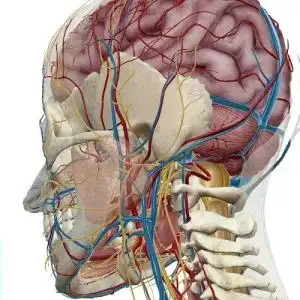
Abstract
Myalgic encephalomyelitis (ME) is one of medicine’s grand mysteries. Its etiology is not known, and patients afflicted are rarely documented to recover from their ailment. Its diffuse presentation includes many symptoms, which implies that ME is actually an “umbrella diagnosis” for several underlying problems.
One of the problems with the ME diagnosis is that its symptoms are often compatible with those of migraines, fibromyalgia, and intracranial hypertension. Global “tenderness” (diffuse and idiopathic myofascial pain), frequent headaches with or without visual impairment, severe fatigue, orthostatic dysfunction (such as postural orthostatic tachycardia syndrome (POTS)), cognitive impairment which especially may affect memory, dysarthria, frequent illness, and more (Carruthers 2003, 2011; Fukuda 1994; Jason 2010; NICE, 2007). Could it be that several underlying problems are clustering into ME?
Although this is a short article, the aim here is to demonstrate the potential of biomechanical factors which may derange cerebral function.

